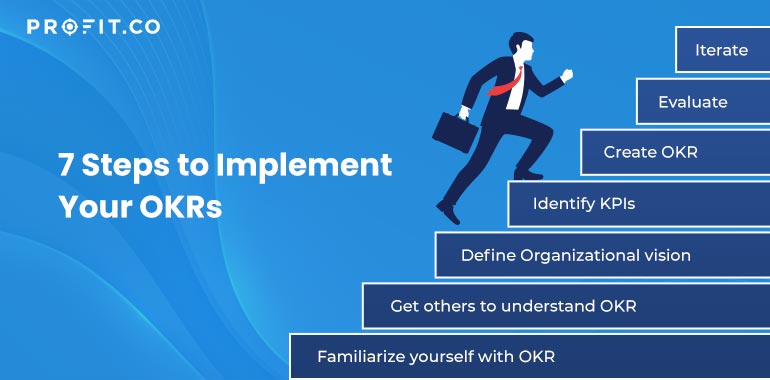Objectives and Key Results (OKRs) is a goal-setting framework organizations use to align and track the progress of their objectives. At first, they were used by Andy Grove at Intel, and since that time, OKRs have been seen in the pipelines of many other successful companies, including LinkedIn, Google, and Airbnb.
This is a recommended article that provides a comprehensive guide to understanding and implementing OKRs for improved organizational performance:
What Are OKRs, and Why Are They Important?
OKRs are a simple yet powerful tool for setting and communicating organizational goals. Objectives state long-term quantitative or qualitative aspirations that serve as the guideline for determining the urgent actions to help achieve them. Key Results are specific, measurable milestones that indicate progress toward the objective. One example could be: “Customer satisfaction Objective” with “A Net Promoter Score of 80%” or “customer support response time less than 30 minutes” as the Key Results.
What Makes a Good Objective in an OKR?
Implementing OKRs can lead to several benefits for organizations. Initially, providing this clarity gives all members of the company the same understanding of what those high targets and goals are and where their work fits in. OKRs encourage focus by limiting the number of objectives and key results to a few critical ones, preventing teams from spreading too thin. Aside from that, using OKR executive teams will establish accountability and transparency because it makes progress visible to everyone in the organization.
What is the purpose of OKRs, what is their structure, and how can they be implemented effectively?
Leadership Buy-In: Successful implementation of OKRs requires buy-in from leadership. One of the most important tasks of the leaders in this approach is to promote its performance and take part directly in its version and distribution across the entity.
Goal Setting: Begin by setting company-wide objectives that align with the organization’s mission and vision. Decomposition of the high-level objectives into team-level goals or departmental objectives needs to be done so that all objectives will be similar and lead to achieving the overall goals.
Continuous Improvement: OKRs should be flexible and changeable simultaneously, and the planning process should include the organization’s members to reflect real needs. If it becomes apparent that an objective is no longer relevant or achievable, it’s important to revise or replace it with something more aligned with current priorities.
Common Pitfalls to Avoid
Setting Too Many Objectives: The film was sure not to burden its production team with figuring out all aspects of movie making and maintained the storyline’s focus throughout the film. It’s important to prioritize and limit the number of objectives to ensure teams can dedicate sufficient attention and resources to each one.
Lack of Alignment: The purpose of a successful structure would be to ‘cascade’ the top-level company objectives throughout the organization to individual team objectives. Lack of alignment can result in disjointed efforts and wasted resources.
Focusing Solely on Results: Though achieving set goals is evidently significant, the process and behaviors needed to achieve these goals are equally substantial. Encourage a culture of learning and experimentation, where failure is viewed as an opportunity for growth.
Neglecting Employee Input: OKRs should not be confined to a forced managerial power that normally kills innovation. Encourage employees to participate in the goal-setting process and provide feedback on the relevance and achievability of objectives.
Key Results: Key Results should stimulate a reader to remain until the end and to give a clear sense of the gap that has been covered. These elements should be progressively more challenging without becoming too hard.
Regular Check-ins: I found it acceptable to fix an OKRs review period to have the chance to review progress on the goals. This can be done weekly, bi-weekly, or monthly, either weekly or as the organization chooses, depending on the organization’s pace and preferences. During these check-ins, teams should discuss what’s working and what’s not and make adjustments as needed.
Tools for OKR Implementation
In today’s era of many program software tools that aid organizations in developing OKRs and managing them efficiently, these tools generally offer functions for setting up and tracking OKRs and teams along with the feature for improvisation, reporting, and analytics to monitor progress.
Final Thoughts
OKRs (Objectives and Key Results) can be a highly effective mechanism for performance improvement in the organization if the appropriate implementation techniques have been applied.OKRs enable organizations to set ambitious goals and drive progress toward them by fostering alignment, focus, accountability, and transparency. Nevertheless, the biggest challenge in this process is developing leaders’ confidence,lighted targets, regular meetings, and an environment that appreciates employees’ ideas and continual improvement. Avoiding common pitfalls and benefiting from advanced tools can help organizations obtain full potential from OKRs and their objectives.

